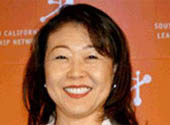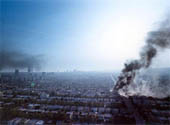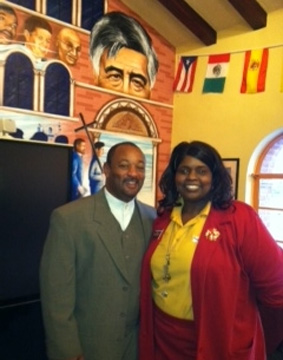Damian “Football” Williams, 38, the infamous member of the L.A. Four and the most recognized participant of L.A. rebellion thanks mainly to the April 29, 1992 live news broadcast of his attack on white truck driver Reginald Denny and because of his memorable nickname which was repeated frequently in news media, breaks his silence on the 20th anniversary of the events at the South L.A. intersection of Normandie and Florence.
Read the story here.









 Listen to the audio story from Annenberg Radio News:
Listen to the audio story from Annenberg Radio News: Twenty years after Los Angeles was rocked by violence, Dr. Mary Hill-Wagner, School of Journalism research assistant professor, looks back on how the media’s message represented the LA Riots.
Twenty years after Los Angeles was rocked by violence, Dr. Mary Hill-Wagner, School of Journalism research assistant professor, looks back on how the media’s message represented the LA Riots.





